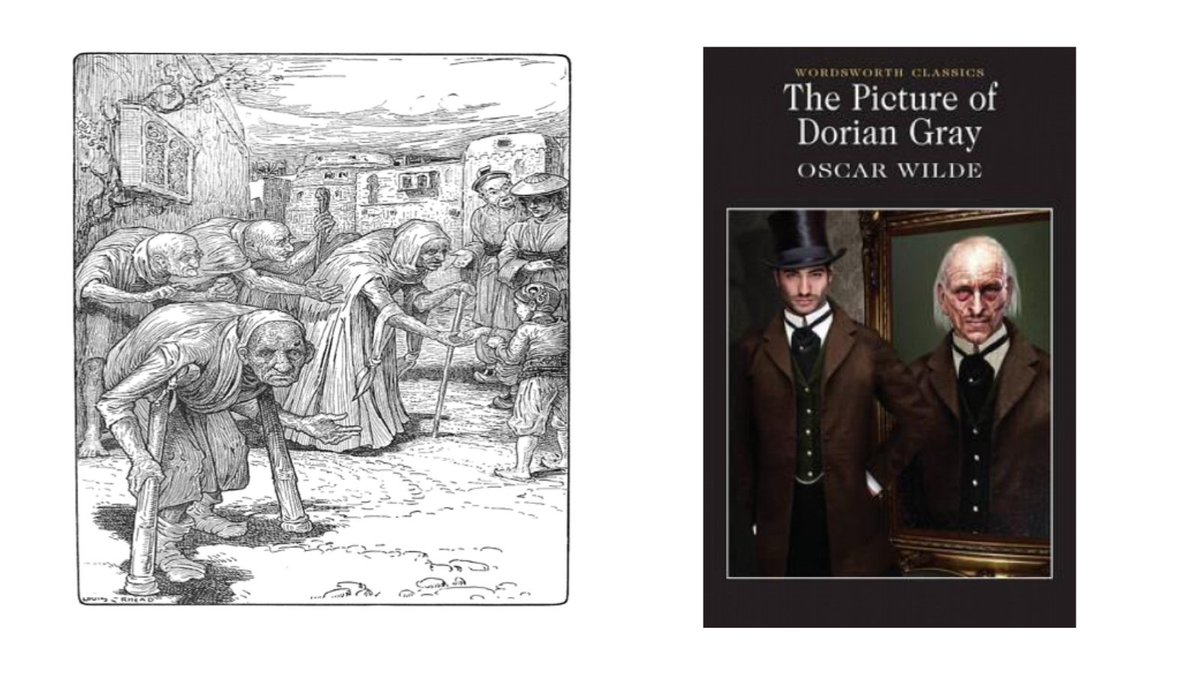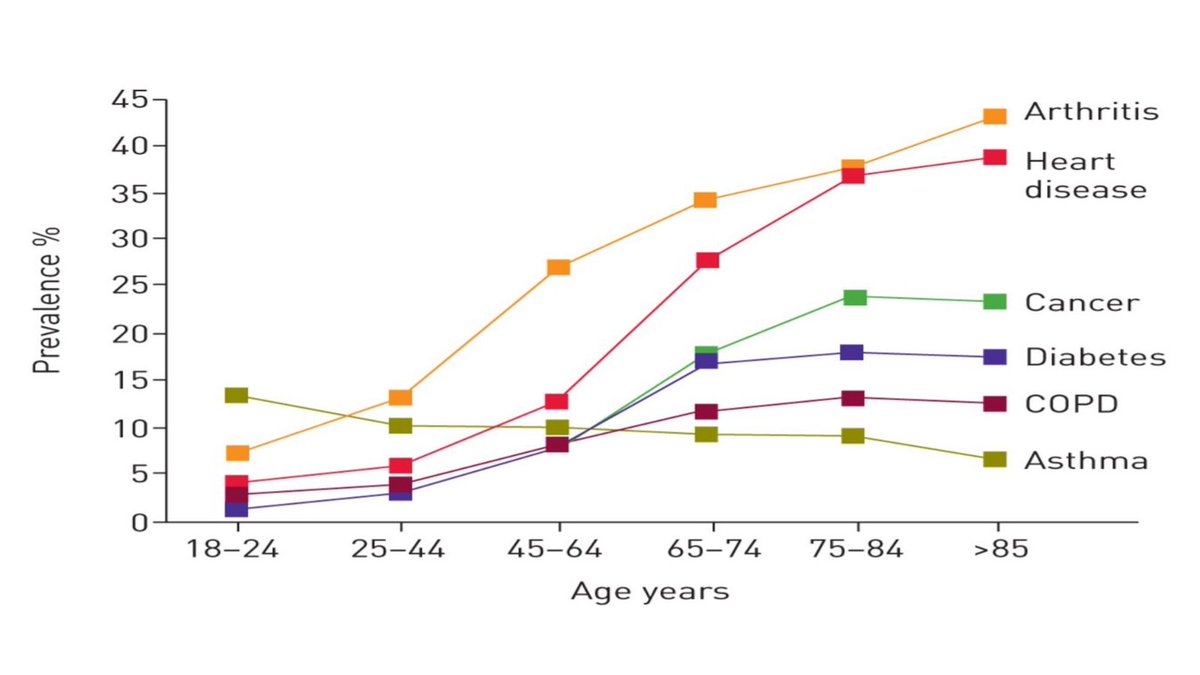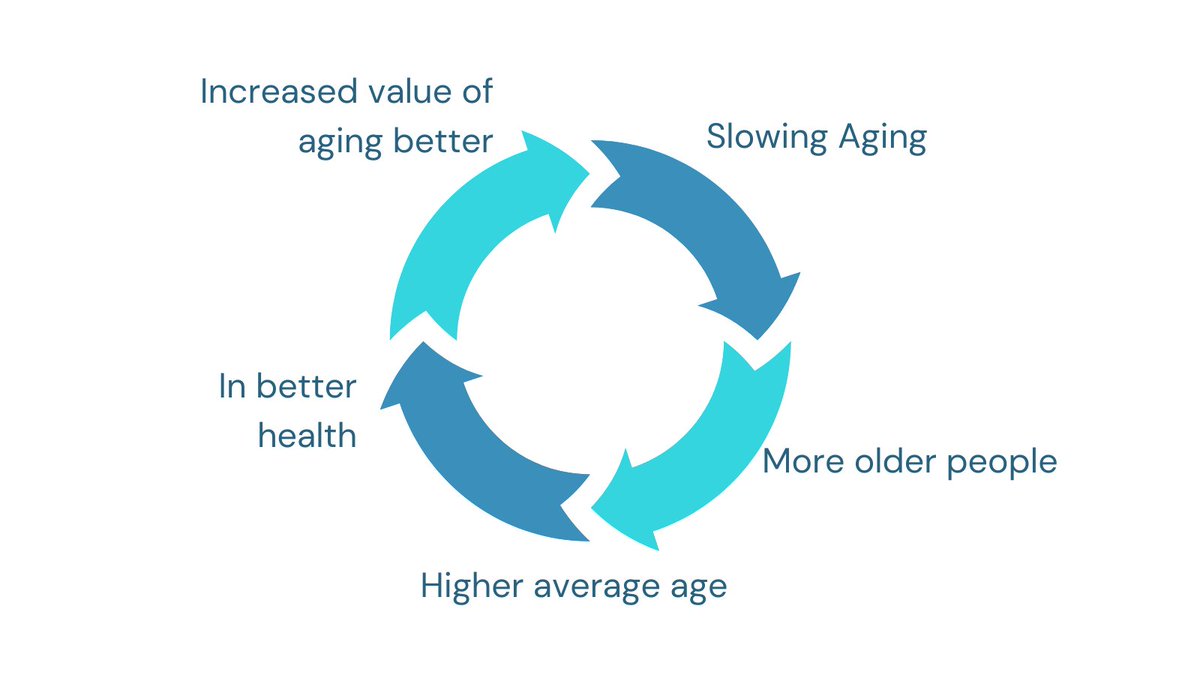
Delighted to see my paper “The Economic Value of Targeting Aging” -written with @NuCampEconomics and @davidasinclair – published in @NatureAging nature.com/articles/s4358…
Here is a thread explaining the main results-
#aging #longevity 1/12
Here is a thread explaining the main results-
#aging #longevity 1/12
Life expectancy has increased dramatically over last 150 years - most US children born today are expected to live into their mid-80s #longevity. This has shifted the disease burden towards chronic Non-Communicable diseases #aging and an increase in years spent in poor health 2/12 



How should we value these past and future life expectancy gains? Is a compression of morbidity more valuable? What is the value of treatments that delay #aging? How does that compare with treating single diseases? 3/12
To provide answers we use an economic model that places a Value on a Statistical Life (VSL), reflecting quantity (years) & quality (health,leisure,consumption). Medical developments change the VSL and this is our measure of #economic gains 4/12 

We analyze four cases – Struldbrugg (#Gulliverstravels), Dorian Gray (#OscarWilde), Peter Pan (#JMBarrie) and Wolverine (#Marvel) 5/12
Struldbrugg is where #lifeexpectancy increases but the relationship between health and age doesn’t change so there is an expansion of morbidity. Peter Pan is where life expectancy remains the same but morbidity is compressed through increasing healthy life expectancy 6/12 

Based on US data Struldbrugg&Peter Pan are extremely valuable ($118k-$242k for an extra year of life/healthy life) but gains diminish the more improvements are made, are greatest for older people and most valuable of all is to compress morbidity 7/12 

PeterPan scenario delays aging so health& life expectancy improve. Under #Wolverine ageing is reversed. Due to our specification #PeterPan is preferred to #Wolverine but differences small and gains frm delaying ageing are substantial & larger than Struldbrugg or Dorian Gray 8/12 

We compare (using #metformin as an example) the value of targeting #ageing vs specific single diseases. Because so many diseases are age related gains from targeting aging dominate. They also benefit from synergies from jointly reducing incidence of several diseases 9/12 

We can aggregate our results across entire US population to calculate total gains. The numbers are huge. A delay in aging that leads to a 1 year increase in life expectancy is worth $38 trn, a 10 year increase $367trn #longevitydividend 10/12 

Focusing on whole #population leads to a virtuous circle. The better is our health the more we value longer lives, the more older people there and as lives lengthen we value health in old age more. 11/12 

The majority of children born in high income countries are expected to live into old age. That creates a new health imperative – #AllsWellThatAgesWell. 12/12
• • •
Missing some Tweet in this thread? You can try to
force a refresh





